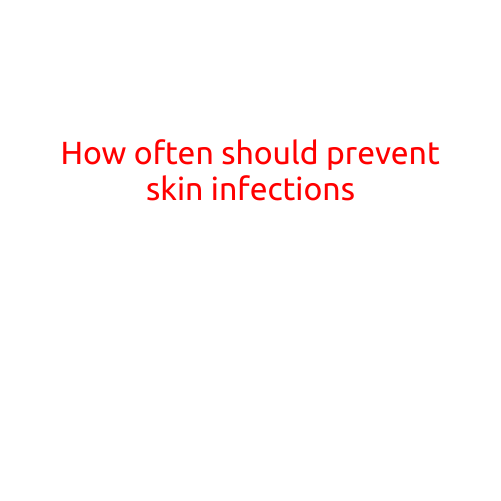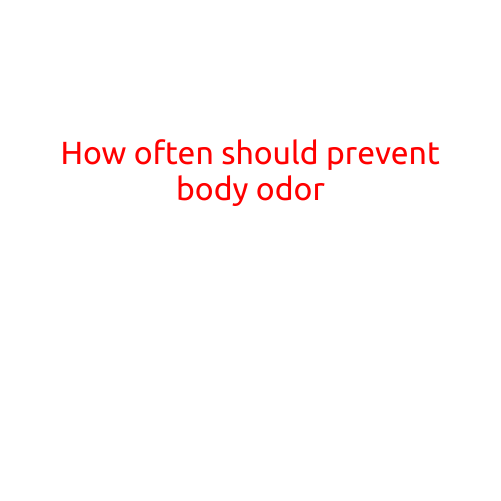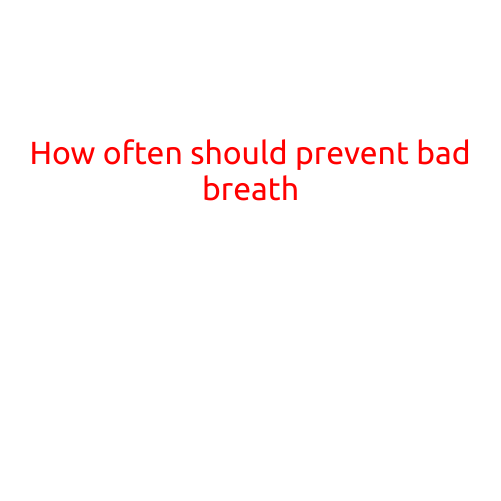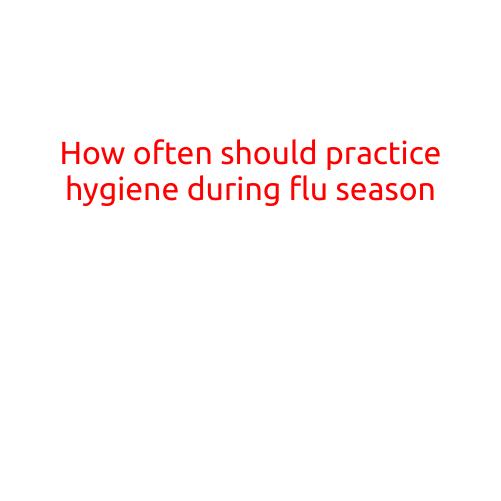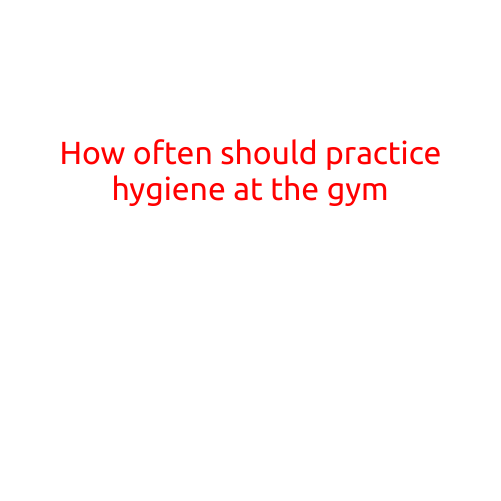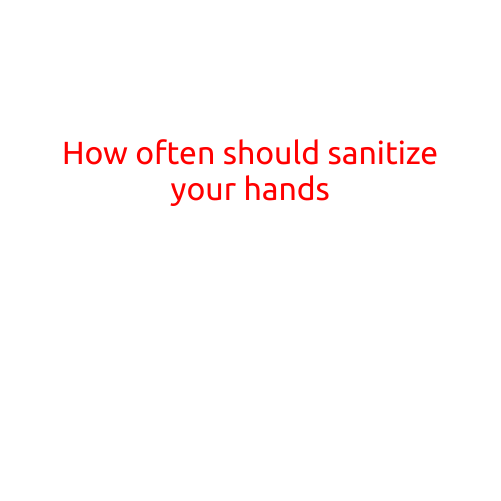
How Often Should You Sanitize Your Hands?
In today’s world, germs and bacteria are lurking everywhere, and our hands are one of the most common points of contact. Hand sanitizer has become an essential tool in our daily lives, but the question remains: how often should you sanitize your hands?
Why Hand Sanitizing is Important
Hand sanitizing is crucial in preventing the spread of illnesses, particularly in healthcare settings, schools, and public areas. When we touch surfaces contaminated with germs, our hands become a breeding ground for infection. Hand sanitizing helps kill 99.9% of bacteria and viruses, reducing the risk of getting sick.
How Often to Sanitize Your Hands
The Centers for Disease Control and Prevention (CDC) recommend the following guidelines for hand sanitizing:
- Before and After Patient Care: Healthcare professionals should sanitize their hands before and after caring for each patient to prevent the spread of infections.
- After Contact with Patients: Health care workers should sanitize their hands immediately after contact with a patient or after touching contaminated surfaces.
- After Preparing Medical Instruments: Medical staff should sanitize their hands after preparing medical instruments and equipment.
- After Exposure to Blood or Bodily Fluids: Anyone who comes into contact with blood or bodily fluids should sanitize their hands immediately.
- After Using Public Restrooms: Using hand sanitizer after using public restrooms is a good habit to practice, especially during cold and flu season.
- After Handling Food: Hand sanitizing after handling food or food preparation helps prevent the spread of foodborne illnesses.
- After Interacting with Sick Individuals: If you come into contact with someone who is sick, it’s a good idea to sanitize your hands immediately.
- After Touching Animals or Their Waste: Pet owners should sanitize their hands after touching their pets or their waste.
Additional Tips
- Use the Right Product: Look for hand sanitizers with at least 60% ethanol or isopropanol.
- Dry Your Hands: After sanitizing your hands, make sure to dry them thoroughly to prevent bacterial growth.
- Use Hand Sanitizer Correctly: Rub hands together for at least 15-30 seconds to ensure coverage and effectiveness.
- Combine with Good Hygiene: Hand sanitizing should be used in combination with regular hand washing with soap and water.
- Monitor Hand Sanitizing Frequency: Adjust your hand sanitizing frequency based on your surroundings and activities.
Conclusion
Hand sanitizing is a vital aspect of maintaining good health and hygiene. By following the guidelines and tips outlined in this article, you can significantly reduce your risk of getting sick and prevent the spread of illnesses. Remember, hand sanitizing is not a replacement for regular hand washing, but rather a supplement to help keep your hands clean and germ-free.
